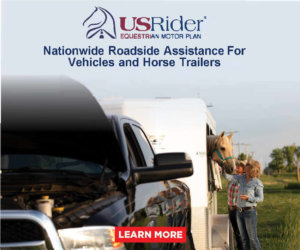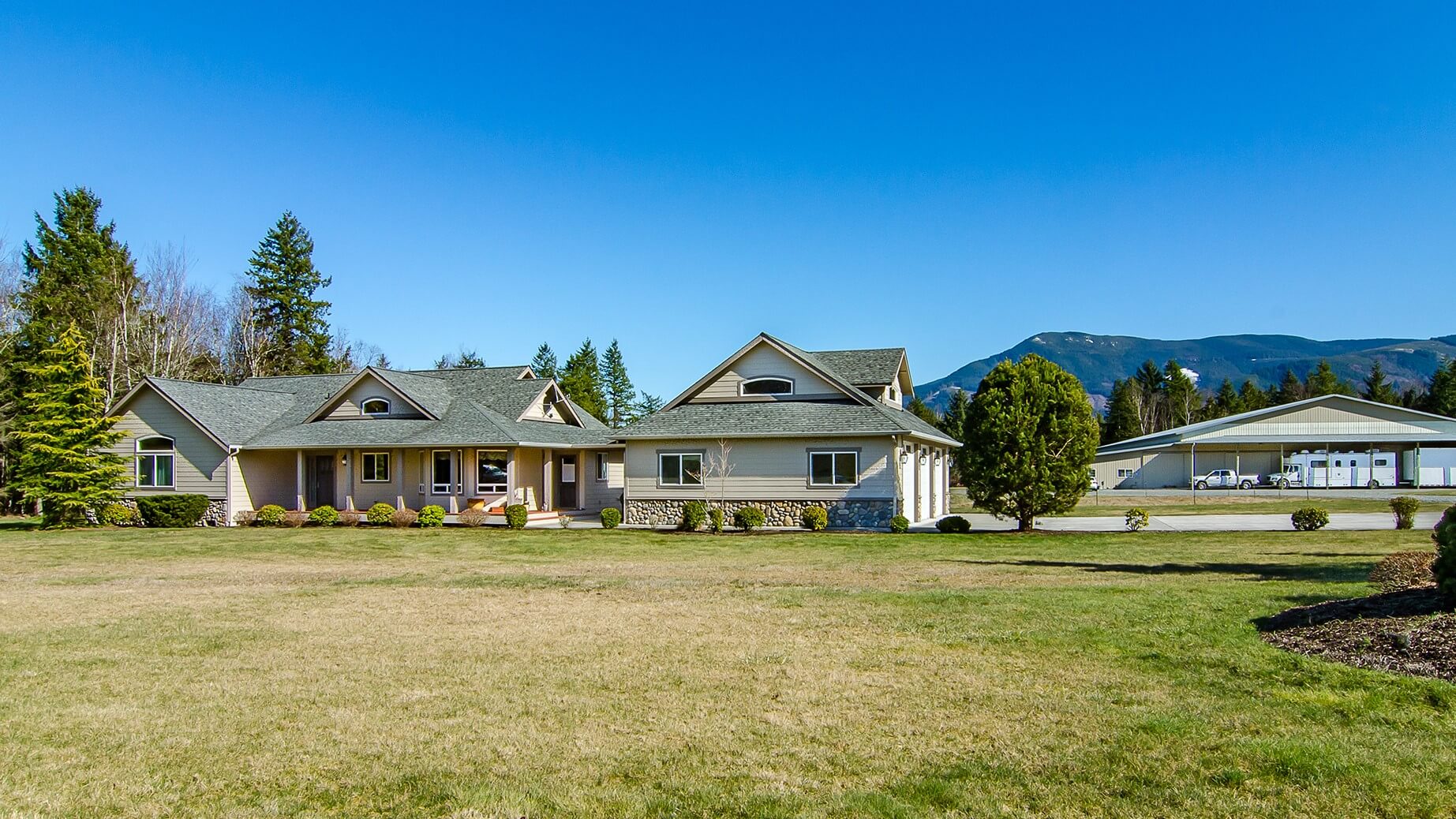Whether you are a first-time homebuyer or a seasoned homeowner, it’s good to revisit topics that are unique to acreage properties so there are no surprises in the process. Here’s a good overview of things to consider when purchasing a home on acreage.
Well Water
A typical well test for a real estate transaction will test for the presence of E. coli and coliform bacteria. Most homes will have water quality and pressure results available through the health department from when the well was installed. Additional water quality tests can be performed from professionals in that field, if so desired. In Washington State, the common practice is that the buyer is responsible for well testing. More information on wells can be found at www.wellowner.org.
Most wells are considered a permit-exempt well, and as such allow for a certain amount of water to be used daily for domestic use, stock watering, and the irrigation of one half acre. To irrigate larger acreage, landowners require a water right that allows for such use.
A hot topic in Washington for the past few years, water rights are complicated, and I encourage you to retain a water right consultant if purchasing a property with water rights. Do not simply expect that because a property has a water right, that it is valid. The Department of Ecology is the resource for searching for existing water rights.
Septic Systems
In Washington State, the seller must complete a septic inspection within 12 months of a sale. A septic inspection consists of a visual inspection, as well as pumping a volume of water into the septic tank in order to test both the mechanical elements of the tank and the efficiency of the drain field. The report will indicate either satisfactory or maintenance required. Past reports and the septic permit can be found on the local county website. More information on septic systems can be found at www.epa.gov/septic.
Wetlands and Critical Areas
In the Northwest, many properties will have wetlands or critical areas within their boundaries. Examples of critical areas are streams, creeks, shorelines, and wetlands. Wetlands are typically defined as areas with wetland soils and vegetation. Depending on the intended use of the acreage, it can be important to know how existing wetlands and critical areas will affect your plans for the property. There can be restrictions on what can be built and where, whether trees can be cut down, or when and how the property can be grazed or farmed. To learn more, visit www.epa.gov/wetlands.
Zoning Codes
Zoning codes outline allowable land use within certain districts, regulating things like residential density, animal units, and both permitted and conditional uses. Acreage properties typically will be found in rural residential, agricultural, or forestry zoning. It is important to make sure that your intended use fits within what is allowable in the code. Most counties have their zoning codes posted on their county website.
Conservation District
Most Washington counties have a conservation district that can assist landowners with implementing best practices, soil testing, water quality, project grants and incentive programs, mapping, loaning of farm equipment, and farm plans. If a farm plan or conservation easement is required, the conservation district will work with you to develop a confidential plan that satisfies the county requirements.
Tax Reduction Programs
The Washington State Legislature adopted certain tax reduction laws to address a statewide concern that lands were being developed in a way that discouraged rural and subsistence living. Properties on acreage may have a tax classification overlay that, as a buyer, you will have to agree to continue or the property must be removed from the program. This results in a removal fee of compensating tax. You may also be interested in applying for one of these programs if the property you are purchasing is not already enrolled.
The Open Space Current Use Program is a property tax reduction program administered according to the Washington State Open Space Taxation Act, 84.34 RCW and its rules WAC 458-30. The Open Space Taxation Act is split into three main categories: open space land, farm and agriculture, and timberland. The county assessor is the granting authority. Removal from the program is typically equal to the cumulative amount of the past seven years’ reduction in taxes.
- Farm and agriculture (OSAG) properties must demonstrate a specific gross income derived from commercial agricultural uses. Upon transfer, the seller must be able to show the gross income for 3 of the past 5 years that meets the requirements for the acreage size.
- Timberland designation has been terminated in most counties and merged with the designated forest land outlined below.
- Open space land is a somewhat uncommon classification, largely because the landowner is required to allow public access to the land, which has obvious potential for liability.
- Designated forest land is allowable under Chapter 84.33 RCW and is granted by the county assessor. With a minimum of 5 acres, the property must be devoted primarily to growing and harvesting timber.
See this article in the 2021 March online edition:

Allison Trimble is a Realtor® specializing in equestrian properties, farm and ranch properties, and residential real estate. She’s a former horse trainer, and a current owner, breeder, and non-pro competitor in cow horse and reining events. For many years, Allison wrote a monthly column for The Northwest Horse Source.
Learn more at www.allisonblakerealestate.com






